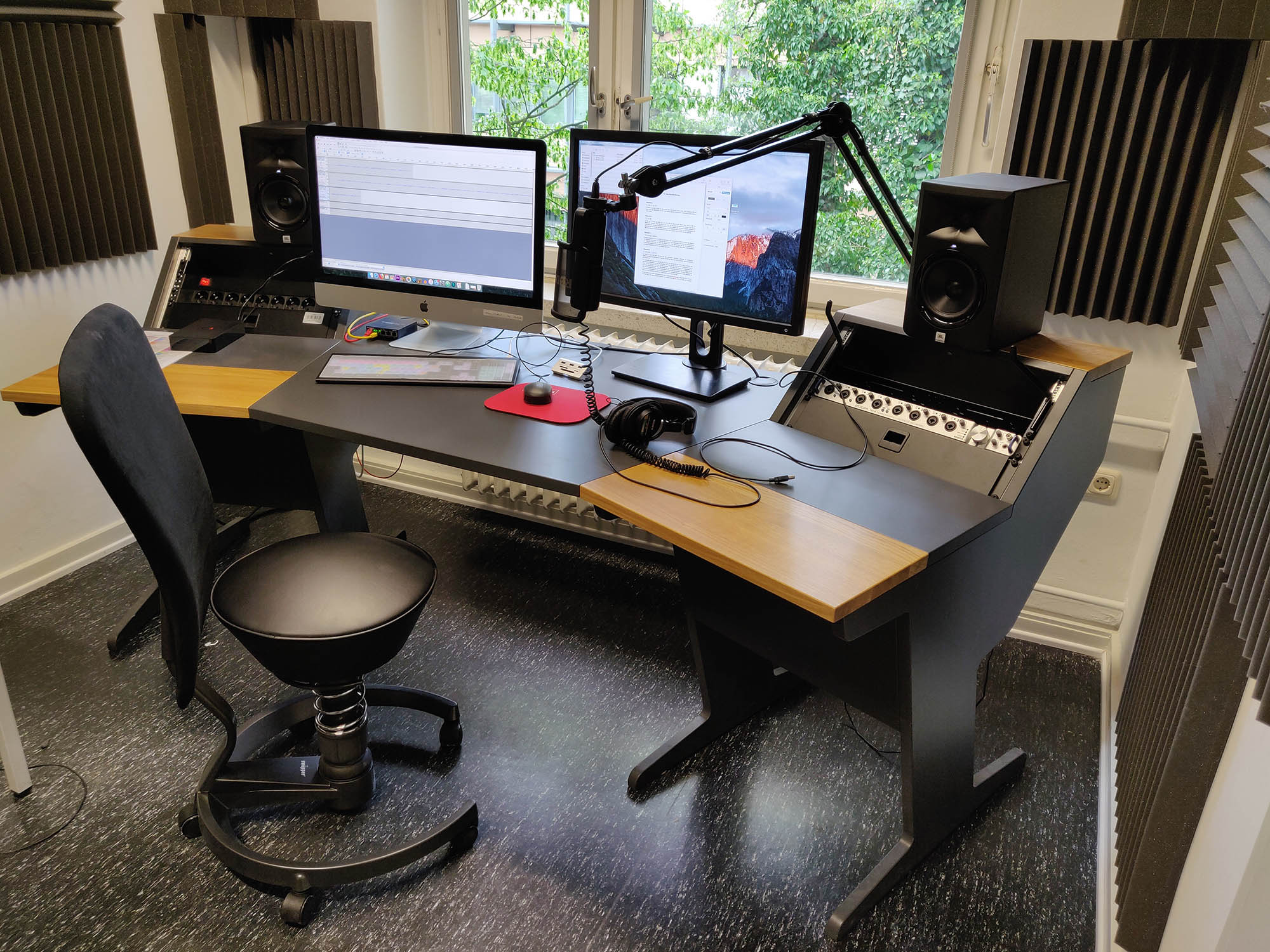RUVIVAL Making Of | Translation
This article was first published in German on Insights.
Until November 2018, our content was only available in English on the project's own website at ruvival.de. It is important to us to make the content accessible to as many people as possible and this includes overcoming language barriers. That is why we have already translated the site into various languages and it is now available on RUVIVAL and on the Hamburg Open Online University (HOOU) learning platform.
As we completed the translations in December 2020, we would like to take this opportunity to give you a little insight into the translation work.
We created the RUVIVAL homepage with WordPress. We use the WPML plugin to translate the site into different languages. The procedure was the same for each language. In a first step, we translated the structure of the site, the menus and subpages, i.e.: privacy policy, project description, contact form and legal aspects. In most cases, we translated the texts with the help of DeepL to get a rough first approximation and then replaced individual words in an intensive correction step and revised some of the sentences grammatically.
When creating the translations of the lectures and toolboxes, the process had to be adapted as the WPML plugin could only be used to a limited extent. Much of the content was created with the H5P plugin, which can be used to produce interactive content in HTML5. As this interactive content is embedded and the text cannot be edited within the WordPress post, this also posed a challenge for translation management, as the administrative plugin functions of WPML do not work in this case. We then resorted to management in the form of To Dos in our project planning tool, which we also use to organize other tasks.
One of the most frequently used H5P tools is the Course Presentation, where we first created the presentation in PowerPoint and then loaded the slides as an image background and placed the interactive elements on top. Therefore, in this case, the medium on which the translation was done was the respective slide, which was converted to PNG after the translation was completed and then loaded back into the interactive presentation as a background. We had to bear in mind that the direct translations of scientific terms in the respective languages often do not correspond to scientific usage and adapt them accordingly. Especially if several people are involved in the translations, it is advisable to create a list of recurring terms in order to achieve usage congruence and also to save duplicate research work. For all other H5P elements used, such as quizzes, summaries and interactive videos, we created copies and then translated the text fields directly in the plugin. Further translation work included the subtitles in videos on YouTube as well as transcribing, translating and recording audio sections at the ITBH editing suite and translating map and calculator tools.
We gradually published the translated toolboxes and lectures and promoted them on various social media channels. This allowed us to build a growing international audience.
Once all the content on the RUVIVAL homepage was translated, we transferred it to the HOOU website, where it can be accessed in the long term.
